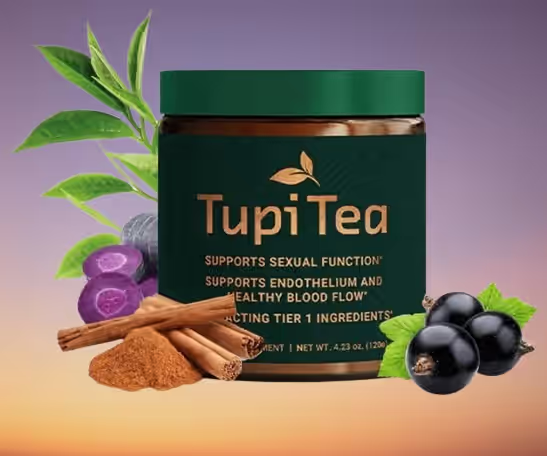Table of Contents
If you’re curious how to brew Jin Xuan tea—also known as Milk Oolong—to perfection, you’re in the right place. This tea boasts a naturally creamy, milky flavor without a drop of dairy, and getting that smooth, slightly sweet taste just right isn’t as complicated as it seems. From selecting the best leaves to mastering water temperature and steep times, we’ll walk you through every step so you can enjoy a flawless cup of Jin Xuan tea.
Key Takeaways
- Jin Xuan tea, or Milk Oolong, is famous for its natural milky and buttery flavor, which comes from its special cultivation and processing, not added milk.
- Always go for loose-leaf Jin Xuan tea if possible, as tea bags often contain lower quality, broken leaves.
- Use water that’s around 190-200°F (88-93°C) for brewing to get the best flavor without making it bitter.
- You can brew Jin Xuan using a Western style (more water, longer steep) or an Asian Gong-fu style (less water, shorter, multiple steeps).
- Don’t be afraid to re-steep your Jin Xuan leaves; they can offer different flavor notes with each infusion, usually starting milky and becoming more floral.
Understanding Jin Xuan Tea’s Unique Qualities
Jin Xuan, often called Milk Oolong, is a pretty special kind of tea. What makes it stand out is its natural, subtle milky aroma and flavor. It’s not like someone added milk or flavoring; it’s just how the tea itself is. This creamy, buttery taste, often with a hint of floral notes, is really what people talk about. It’s a mild oolong, meaning it’s not fully oxidized like a black tea, which helps keep those delicate flavors intact.
The Natural Milky Aroma and Flavor
The most talked-about aspect of Jin Xuan is its distinctive milky character. This isn’t from adding dairy; it’s a result of how the tea plant is grown and processed. You’ll notice a smooth, creamy mouthfeel, often accompanied by a light floral scent. Some people detect notes of sweet butter or even a touch of roasted vegetal undertones, all leading to that signature milky finish. It’s a gentle flavor that’s quite unique in the tea world.
Cultivation and Origin of Jin Xuan
Jin Xuan tea originally comes from Taiwan, developed in the 1980s. While most oolongs have roots in China, this particular cultivar, also known as #12 or “Golden Daylily,” is a Taiwanese creation. It’s often grown at higher altitudes, in places like Nantou County, where the misty conditions are thought to help develop its sweet, milky taste. While Taiwan is its main home, you can also find it grown in parts of Thailand.
Distinguishing Authentic Jin Xuan
It’s important to know that sometimes, artificial flavorings are added to teas to mimic Jin Xuan’s milky profile. The real deal has a more nuanced, natural creaminess. A good way to tell is by the aroma and taste. If the dry leaves have an overwhelmingly strong, almost artificial milky smell, and the brewed tea tastes thin or lacks depth, it might be flavored. Authentic Jin Xuan offers a more balanced and subtle milky sweetness that develops over multiple infusions, making it a truly delightful experience for anyone seeking the perfect Jin Xuan tea infusion.
👉 Get Best Selling Jin Xuan Tea Pack While Supplies Last 👈
Selecting High-Quality Jin Xuan Leaves
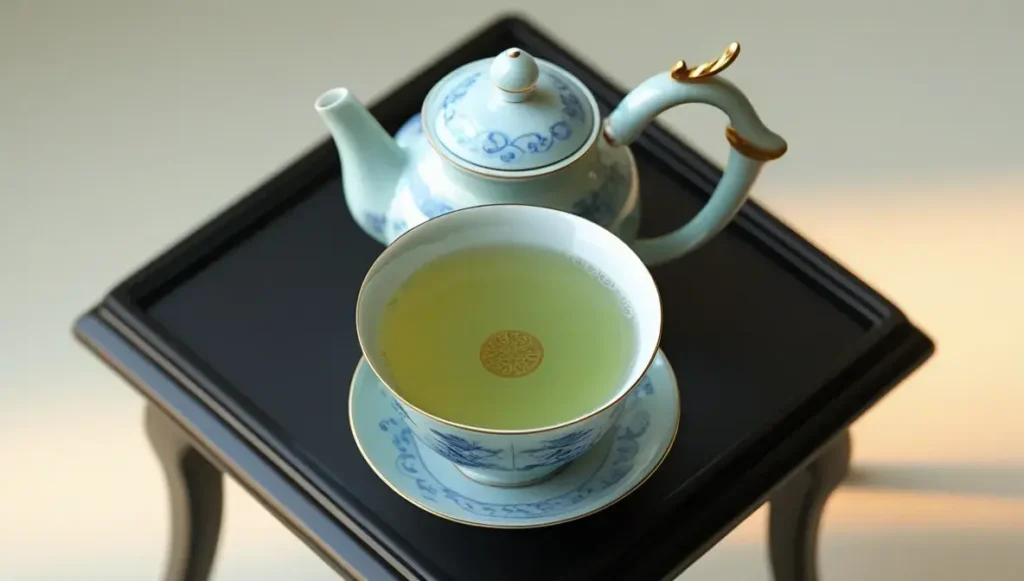
When you’re looking for good Jin Xuan, it really comes down to a few things. You don’t want to end up with something that’s just pretending to be the real deal.
Loose Leaf Versus Tea Bags
Generally, loose leaf tea is the way to go if you want the best flavor. Tea bags often have smaller, broken pieces of leaves, which don’t steep as well. If you absolutely have to use tea bags, try to find ones that are larger, maybe pyramid-shaped, so the leaves have more room to open up and release their taste.
Identifying Authentic Flavor
Real Jin Xuan has a natural, creamy, almost buttery scent and taste. It’s not from adding milk or flavorings; it’s how the tea is grown and processed. Be wary of teas that claim to be
Preparing Your Brewing Vessel
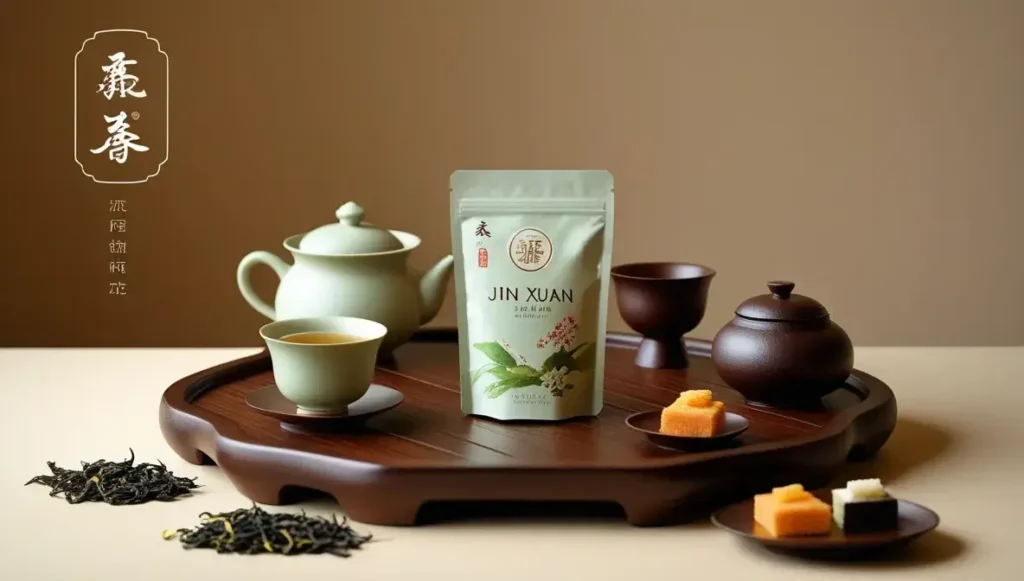
Before you even think about water temperature or steeping times, let’s talk about the gear. Getting your brewing vessel ready is a simple step, but it really makes a difference in the final cup. It’s all about setting the stage for that lovely Jin Xuan to shine.
Preheating Your Teacup or Gaiwan
Think of preheating like warming up before a workout. You want your equipment to be at the right temperature so it doesn’t shock the tea leaves when they go in. For Jin Xuan, which can be pretty delicate, this is especially important. It helps keep the water temperature stable during the steep, which means a more even extraction of flavor.
- For Teacups: Pour some hot water into your teacup, swirl it around for about 30 seconds, and then discard the water.
- For Gaiwans: Do the same – pour hot water into the bowl, swirl it around the inside, and then carefully pour it out. Don’t forget to preheat the lid and the saucer too, if you’re using them.
This little bit of effort prevents the cold ceramic from sucking all the heat out of your brewing water right away.
Choosing the Right Brewing Tools
When you’re brewing Jin Xuan, the tools you use can actually affect the taste. You don’t need anything super fancy, but a few things are good to keep in mind.
- Material Matters: Glass, porcelain, or good quality ceramic are usually the best choices. They don’t impart any flavors of their own, letting the tea’s natural taste come through. Avoid metal unless it’s high-grade stainless steel, as other metals can sometimes give a metallic taste.
- Size of Your Vessel: For Jin Xuan, especially if you’re doing multiple infusions, a gaiwan or a small teapot is ideal. These allow the leaves to unfurl and release their flavor gradually over several steeps. If you’re just making one cup, a standard teacup is fine, but a wider, shallower cup might let you appreciate the aroma better.
- Filters: If you’re using a teapot or a brewing device that needs a filter, make sure it’s clean and doesn’t have any lingering smells from previous brews. A fine mesh filter is good for catching any small tea particles.
The goal here is to create a neutral environment where the Jin Xuan tea can really express itself. Clean, preheated tools mean you’re tasting the tea, not the equipment.
👉 Secure Your Top Quality Jin Xuan Tea Bundle Today 👈
Mastering the Brewing Process
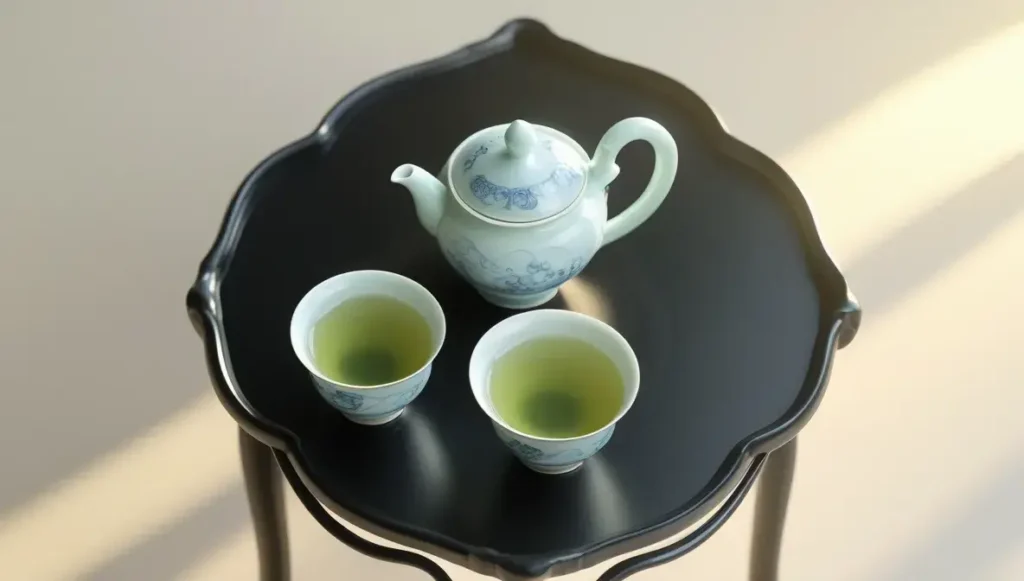
Alright, let’s get down to the nitty-gritty of actually brewing this Jin Xuan tea. It’s not super complicated, but getting the details right makes a big difference, you know? We’re aiming for that smooth, creamy flavor without any bitterness.
Optimal Water Temperature for Brewing
For Jin Xuan, you want your water to be hot, but not boiling. Think around 185°F to 195°F (85°C to 90°C). If you boil the water and then let it sit for a minute or two, you’ll get it in that sweet spot. Using water that’s too hot can scorch the delicate leaves and bring out a bitter taste, which is the last thing we want with this tea.
Determining the Correct Tea-to-Water Ratio
Getting the ratio right is pretty important. A good starting point is about 1 teaspoon of tea leaves for every 6 ounces of water. So, if you’re using a standard mug that holds about 12 ounces, you’d use roughly 2 teaspoons of Jin Xuan. You can adjust this later based on how strong you like your tea. More leaves mean a stronger brew, less leaves mean a lighter one. It’s all about personal preference here.
Steeping Times for Multiple Infusions
Jin Xuan is great because you can steep it multiple times, and each infusion will have a slightly different character.
- First Infusion: Start with about 30-45 seconds. This is usually enough to get a good flavor without over-extracting.
- Second Infusion: You can usually go a bit longer, maybe 45-60 seconds. The flavor will be a bit more mellow.
- Subsequent Infusions: For the third and fourth steeps, you can increase the time by another 15-30 seconds each time. Keep tasting it, though! You’ll know when the flavor starts to fade.
Remember, these are just guidelines. The actual steeping time can depend on the specific batch of tea you have and how finely the leaves are cut. It’s always best to taste as you go and adjust your timing for the next brew.
Exploring Different Brewing Styles
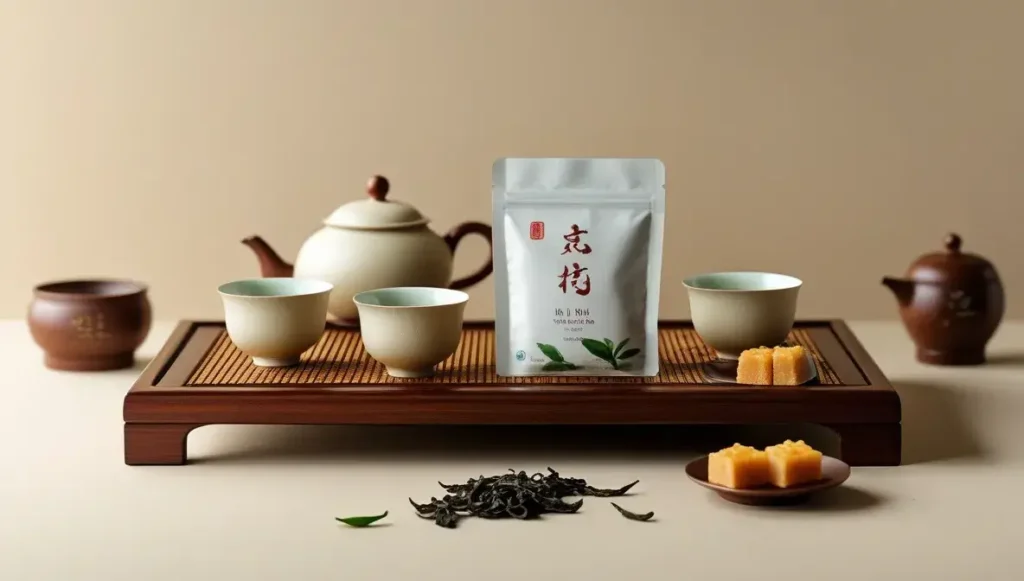
The Western Style of Steeping
Western-style brewing is all about simplicity and convenience, perfect for a relaxed afternoon. You’ll typically use a larger vessel, like a teapot or a mug with an infuser, and a more generous amount of tea leaves. The goal here is a straightforward, enjoyable cup that you can sip on throughout the day. Think of it as the ‘set it and forget it’ approach, but with a bit more finesse.
- Use a larger vessel: A teapot or a big mug works well.
- More tea leaves: Generally, you’ll use about 1-2 teaspoons of Jin Xuan per 8 ounces of water.
- Longer steeping time: Aim for 3-5 minutes for the first steep.
- Single infusion focus: While you can re-steep, this method often focuses on getting the most out of one good steep.
This method is great for when you’re busy or just want a simple, comforting cup without a lot of fuss. It’s forgiving and lets the tea’s natural character come through without needing constant attention.
The Asian Style (Gong-fu) Method
Gong-fu cha, or the ‘art of tea,’ is a more involved, ritualistic way to brew tea, especially suited for delicate oolongs like Jin Xuan. This method uses smaller brewing vessels, like a gaiwan or a small teapot, and a higher leaf-to-water ratio. It emphasizes multiple, short infusions, allowing you to really explore the tea’s evolving flavor profile with each steep. It’s a mindful practice that really lets you connect with the tea.
Here’s a general breakdown:
- Vessel: A gaiwan or a small Yixing teapot is traditional.
- Leaf Ratio: Use a lot more tea – think 5-7 grams for a small vessel (around 100-150ml).
- Water Temperature: Keep it around 195-205°F (90-96°C).
- Short Infusions: Start with very short steeps, like 15-30 seconds, and gradually increase the time for subsequent infusions.
| Steep Number | Steeping Time (seconds) |
|---|---|
| 1 | 15-20 |
| 2 | 20-25 |
| 3 | 25-30 |
| 4+ | Increase by 5-10 |
This method is fantastic for appreciating the subtle changes in aroma and taste as the leaves open up over several infusions. It truly highlights the complexity and depth of Jin Xuan tea.
👉 Buy Premium Jin Xuan Tea Leaves For Richer Taste 👈
Savoring Your Jin Xuan Tea

Now that you’ve gone through the steps to brew your Jin Xuan, it’s time to really enjoy it. The best way to steep Jin Xuan tea is to pay attention to the subtle notes that come through. You’ll notice that natural milky aroma and flavor, which is pretty amazing considering there’s no actual milk involved. It’s a really unique characteristic of this Taiwanese oolong tea.
Appreciating the Flavor Profile
When you take your first sip, try to notice the creamy texture and the sweet, floral notes. As you continue to drink, you might pick up on some buttery or even slightly vegetal undertones, depending on how it was processed. It’s not just about the taste, but the whole experience.
Tips for Enjoying Multiple Steeps
One of the great things about Jin Xuan oolong tea is that it holds up well for multiple infusions. Don’t just drink the first cup and toss the leaves. Here are some tips for getting the most out of your tea:
- First Infusion: Start with a slightly lower temperature, around 175-185°F (80-85°C). Steep for about 2-3 minutes. This is where you’ll get the most pronounced milky and floral notes.
- Subsequent Infusions: For the second and third steeps, you can increase the water temperature slightly, maybe to 185-195°F (85-90°C), and extend the steeping time by a minute or two. The flavor profile will evolve, perhaps becoming a bit more robust or bringing out different floral nuances.
- Later Infusions: Even after several steeps, you might still find subtle flavors. Keep an eye out for any lingering sweetness or a gentle vegetal finish. The key is to experiment and see how the flavor changes with each brew.
Remember, the goal is to savor the journey of the tea. Each infusion offers a slightly different perspective on its complex character. Don’t rush it; let the flavors unfold at their own pace.
Wrapping Up: How to Brew Jin Xuan Tea for a Perfect Cup
So there you have it. Brewing Jin Xuan, or Milk Oolong, is pretty straightforward once you get the hang of it. Whether you go for the quick Western style or the more involved Gong-fu method, the key is really in the water temperature and steeping time. Don’t be afraid to experiment a little to find what works best for your taste buds. Remember, good quality loose leaf tea makes a big difference, and this tea really shines on its own without any added flavors. Hopefully, this guide helps you enjoy a wonderfully creamy and floral cup of Jin Xuan tea.
👉 Grab Top Rated Jin Xuan Tea Offer Before It Ends 👈
Frequently Asked Questions
What makes Jin Xuan tea taste milky?
Jin Xuan tea, also called Milk Oolong, gets its special creamy taste and smell from how it’s grown and made, not because milk is actually added. It’s a special kind of oolong tea that comes from Taiwan.
Should I use loose tea or tea bags?
For the best flavor, use loose tea leaves instead of tea bags. If you use tea bags, pick ones that are shaped like pyramids and are big enough for the leaves to open up.
What’s the best water temperature for brewing Jin Xuan tea?
It’s best to use water that’s around 190-200 degrees Fahrenheit (88-93 degrees Celsius). Using water that’s too hot can make the tea taste bitter.
How much tea and water should I use, and how long should I let it steep?
For a standard cup, try about 1.5 tablespoons of tea leaves for every 12 ounces of water. Let it steep for about 3 to 5 minutes. You can adjust this based on how strong you like your tea.
Can I brew Jin Xuan tea more than once?
Yes, you can brew Jin Xuan tea multiple times! Each time you steep it, the flavor might change a little. Just add more hot water and steep for a bit longer than the last time.
How can I tell if Jin Xuan tea is real and not fake?
Authentic Jin Xuan tea has a natural milky and floral taste. Be careful of teas that claim to be Jin Xuan but have a very strong, artificial smell or taste, as they might have added flavorings.













